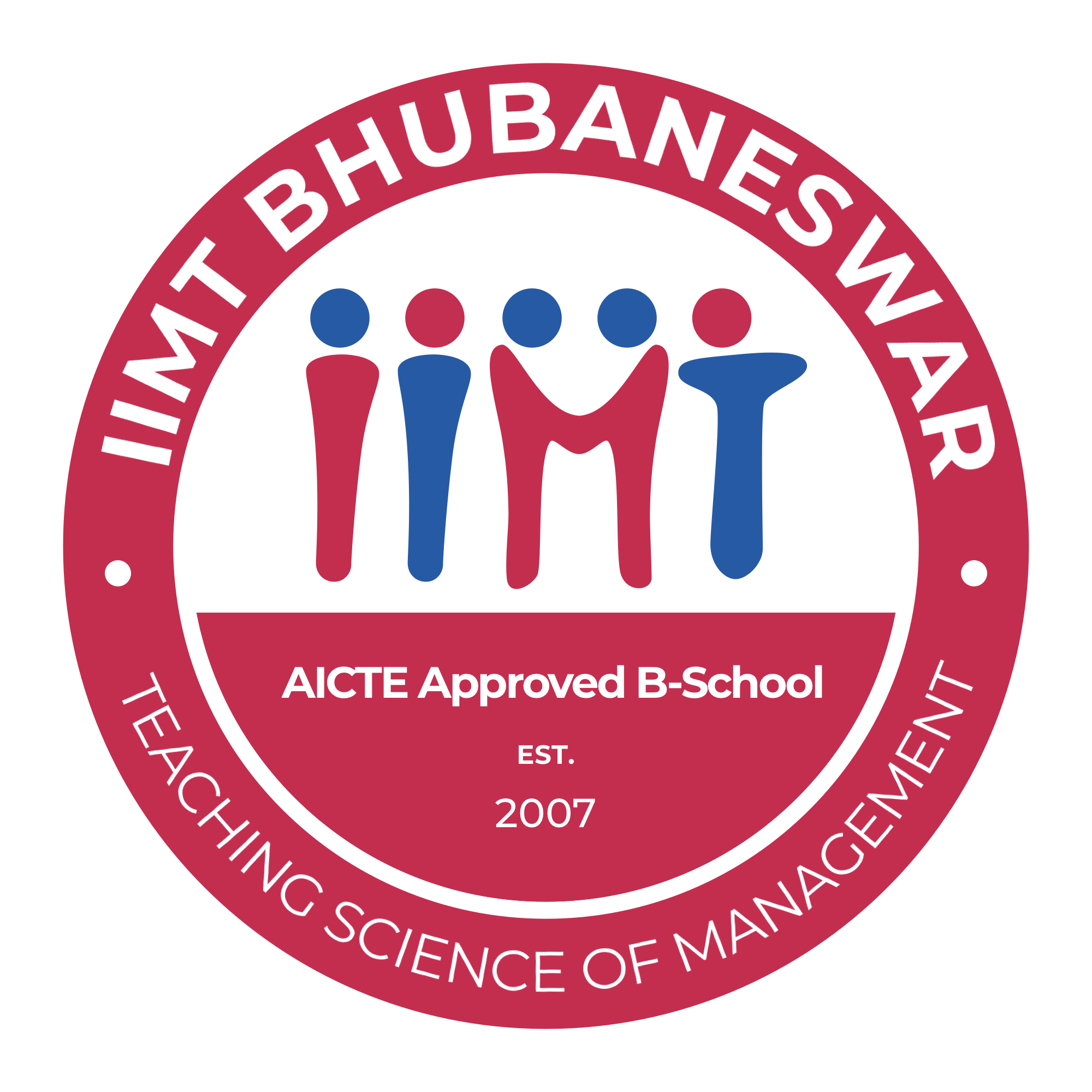International Journal of Computer Science and Informatics IJCSI
ISSN: 2231-5292

Abstracting and Indexing


IJCSI
IMPROVING SPAM EMAIL FILTERING EFFICIENCY USING BAYESIAN BACKWARD APPROACH PROJECT
M. SHESHIKALA
SREC Engineering College,Warangal
Abstract
Unethical e-mail senders bear little or no cost for mass distribution of messages, yet normal e-mail users are forced to spend time and effort in reading undesirable messages from their mailboxes. Due to the rapid increase of electronic mail (or e-mail), several people and companies found it an easy way to distribute a massive amount of undesired messages to a tremendous number of users at a very low cost. These unwanted bulk messages or junk e-mails are called spam messages .Several machine learning approaches have been applied to this problem. In this paper, we explore a new approach based on Bayesian classification that can automatically classify e-mail messages as spam or legitimate. We study its performance for various datasets
Recommended Citation
[1] L.F. Cranor, and B.A. LaMacchia, “Spam!”Communications of the ACM, vol. 41 no. 8, pp. 74-83, Aug. 1998. [2] MessageLabs, “MessageLabs Intelligence: 2006 Annual Security Report,” 2006. http://www.messagelabs.com/resources/mlireports [3] GFi, “How to keep spam off your network,” 2007. http://www.gfi.com/whitepapers/ [4] B. Hoanca, “How good are our weapons in the spam wars?” IEEE Technology and Society Magazine, vol. 25, no. 1, pp. 22-30, Spring 2006. [5] M. Siponen and C. Stucke, “Effective anti-spam strategies in companies: an international study,” In Proc. of the 39th Annual Hawaii Int. Conf. on System Sciences, 2006. [6] The British Computer Society. Anti-spam blamed for 5M lost hours, 2007. http://www.bcs.org/ [7] X.-L. Wang, and I. Cloete, “Learning to classify e-mail: A survey,” In Proc. of the 4th Int. Conf. on Machine Learning and Cybernetics, Guangzhou, Aug. 2005. [8] H. Drucker, D. Wu, and V.N. Vapnik, "Support vector machines for spam categorization," IEEE Transactions on Neural Networks, vol. 10, no. 5, pp. 1048 – 1054, Sept. 1999. [9] G. Sakkis, I. Androutsopoulos, G. Paliouras, “A memorybased approach to anti-spam filtering,” Information Retrieval, vol. 6, pp. 49-73, 2003. [10] D.C. Trudgian, “Spam Classification Using Nearest Neighbour Techniques,” In Proc. of the Fifth Int. Conf. on Intelligent Data Engineering and Automated Learning (IDEAL04), UK, 2004. [11] W. Zhao, and Z. Zhang, "An e-mail classification model based on rough set theory," In Proc. of the Int. Conf. on Active Media Technology, 2005. [12] J. Clark, I. Koprinska, and J. Poon, “A neural network based approach to automated e-mail classification,” In Proc. of the IEEE/WIC Int. Conf. on Web Intelligence (WI’03), 2003. [13] M. Sahami, S. Dumais, D. Heckerman, and E. Horvitz, “A Bayesian approach to filtering junk e-mail,” In Proc. of AAAI’98 Workshop on Learning for Text Categorization, Madison, WI, July 1998. [14] J. Provost, “Naïve-Bayes vs. rule-learning in classification of e-mail,” The University of Texas at Austin, Department of Computer Sciences Rep. AI-TR-99-284, 1999. [15] I. Androutsopoulos, J. Koutsias, V. Chandrinos, and D. Dpyropoulos, “An experimental comparison of naive Bayesian and keyword-based anti-spam filtering with personal e-mail messages,” In Proc. of the 23rd Annual Int. ACM SIGIR Conf. on Research and Development in Information Retrieval, 2000. [16] I. Androutsopoulos, G. Paliouras, V. Karkaletsis and G. Sakkis, “Learning to filter spam e-mail: A comparison of a naïve Bayesian and a memory-based approach,” In Proc. of the 4th European Conf. on Principles and Practice of Knowledge Discovery in Databases (PKDD), 2000[17] GFi, “Why Bayesian filtering is the most effective anti-spam technology,” 2007. http://www.gfi.com/whitepapers/ [18] R. Hunt and J. Carpinter, “Current and new developments in spam filtering,” In Proc. of the 14th IEEE Int. Conf. on Networks (ICON’06), Sept. 2006. [19] P. Langley, I. Wayne and K. Thompson, “An analysis of Bayesian classifiers,” In Proc. of the 10th National Conf. on Artificial Intelligence, San Jose, California, 1992. [20] W.W. Cohen, “Learning rules that classify e-mail,” InProc. of AAAI’96 Spring Symposium on Machine Learning in Information Access, Stanford, California, April 1996. [21] T. Joachims, “Text categorization with support vector machines: learning with many relevant features,” In Proc. of the 10th European Conf. on Machine Learning (ECML-98), 1998. [22] M.M. Fuad, D. Deb, and M.S. Hossain, “A trainable fuzzy spam detection system,” In Proc. of the 7th Int. Conf. on Computer and Information Technology, 2004